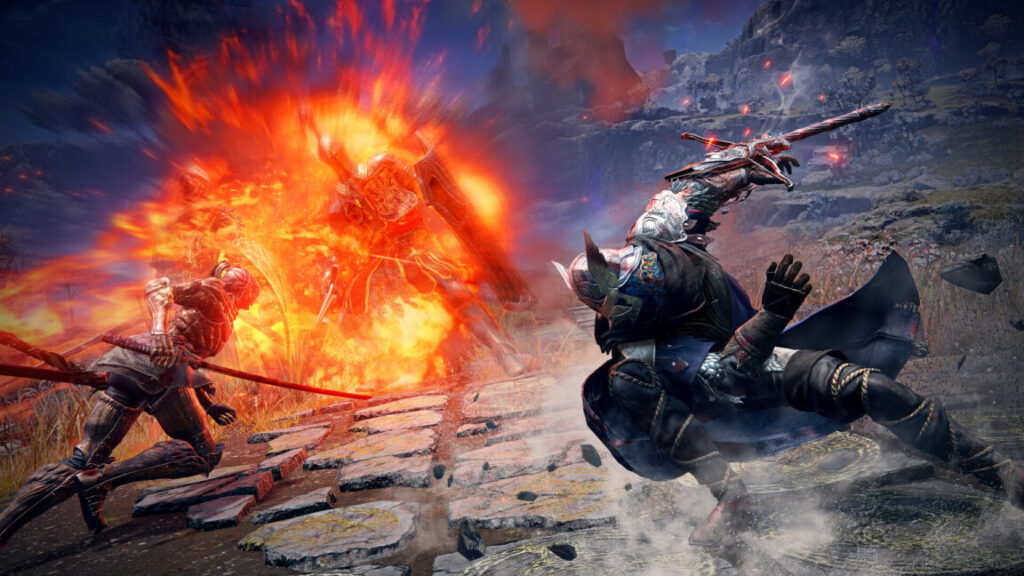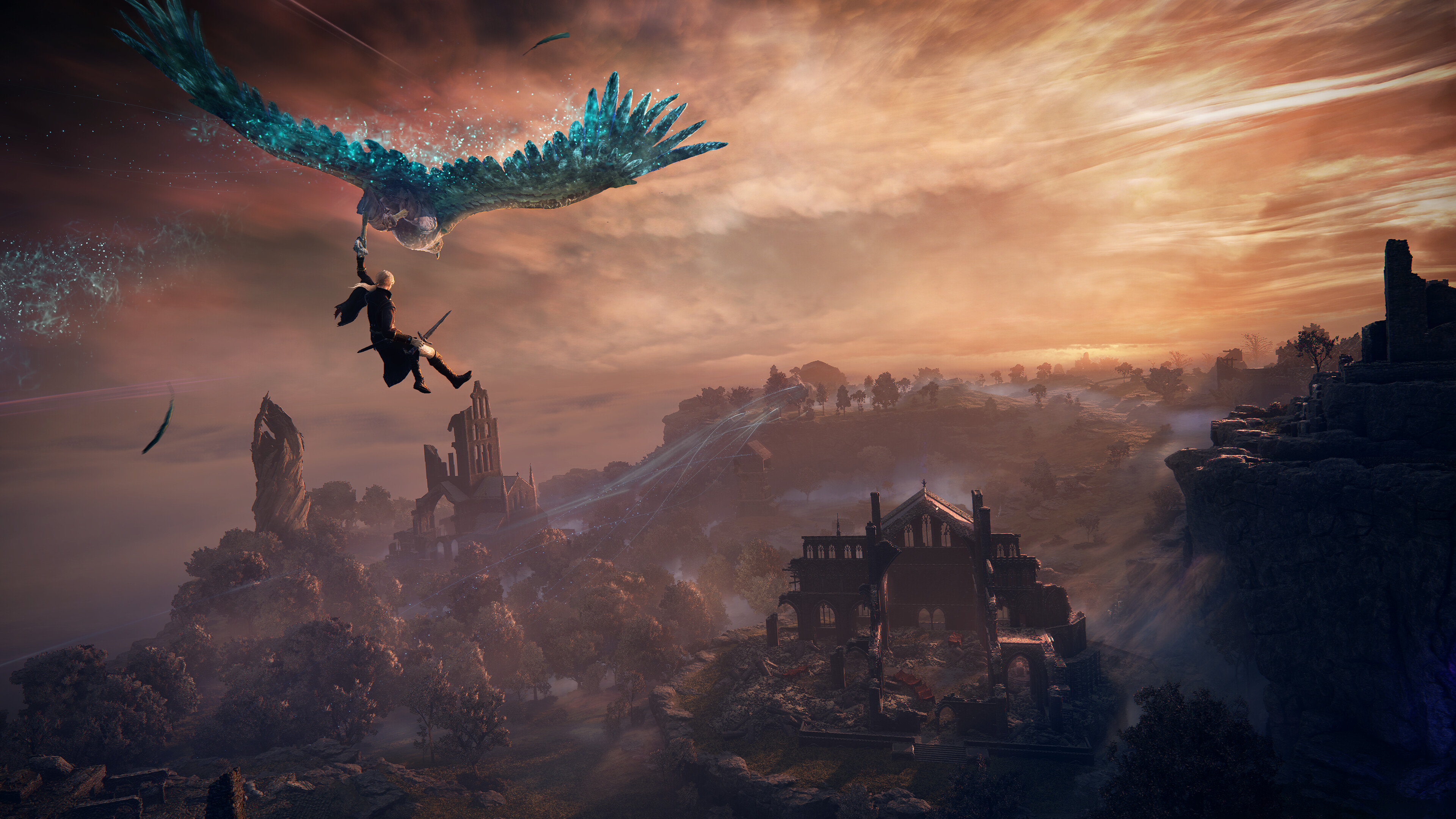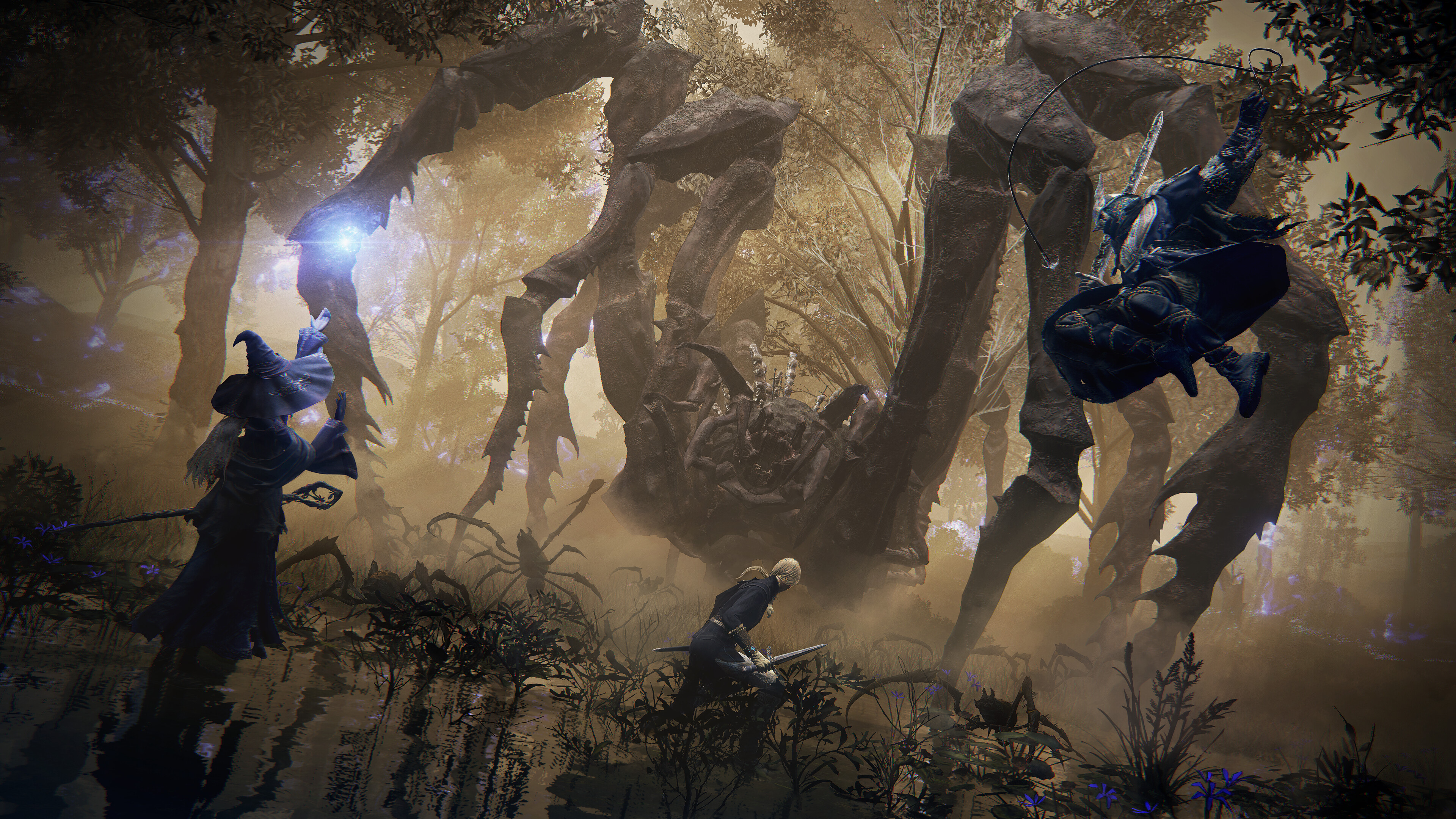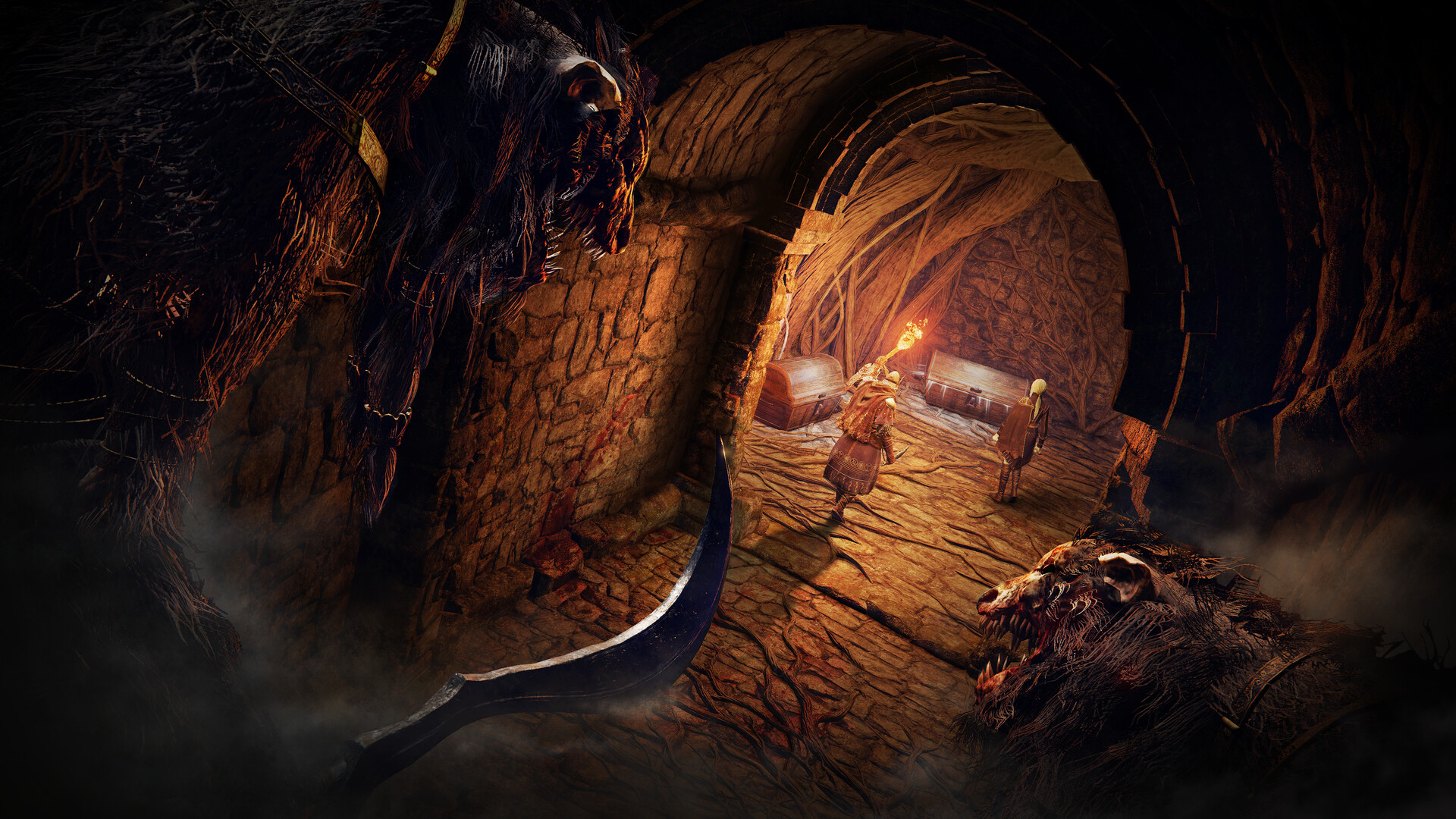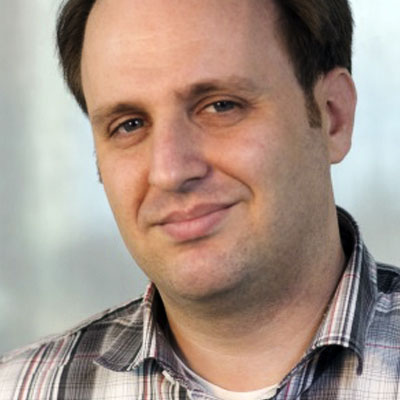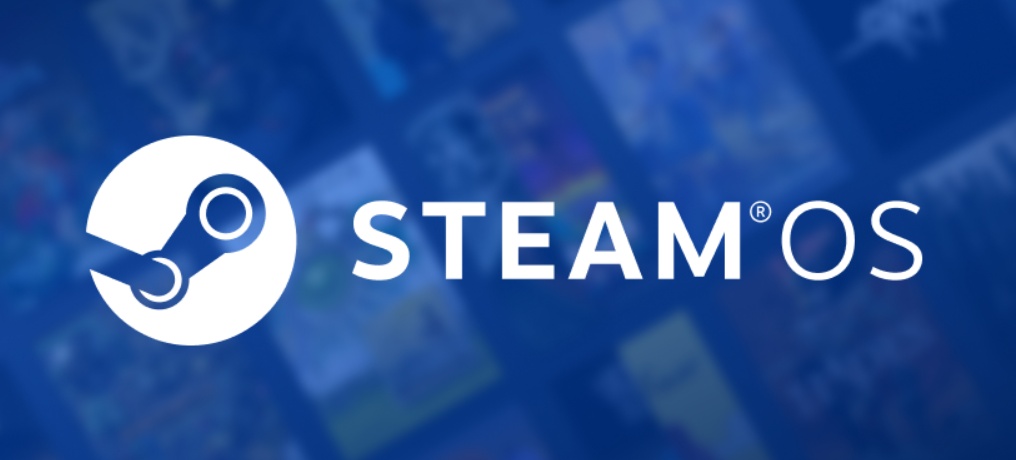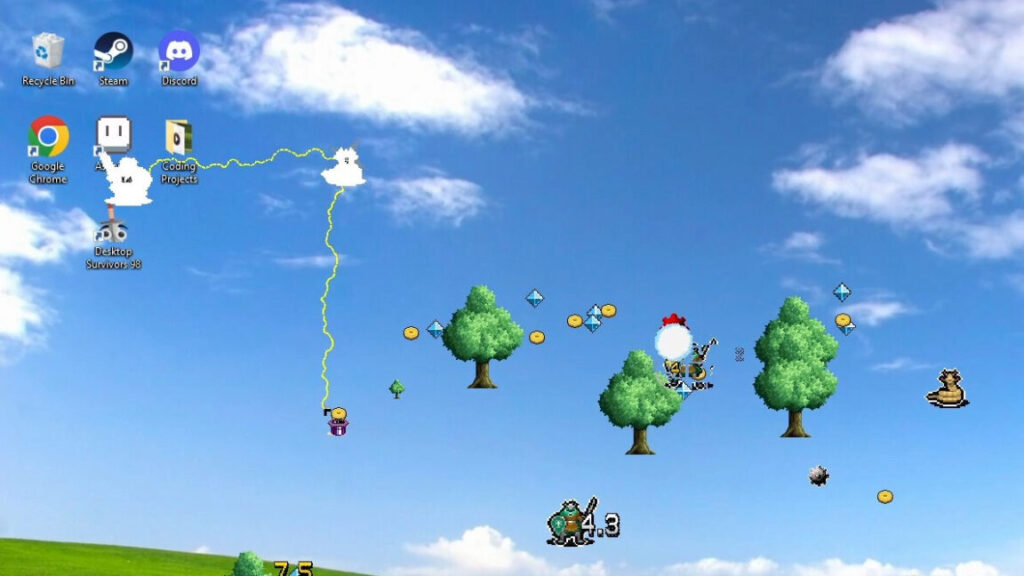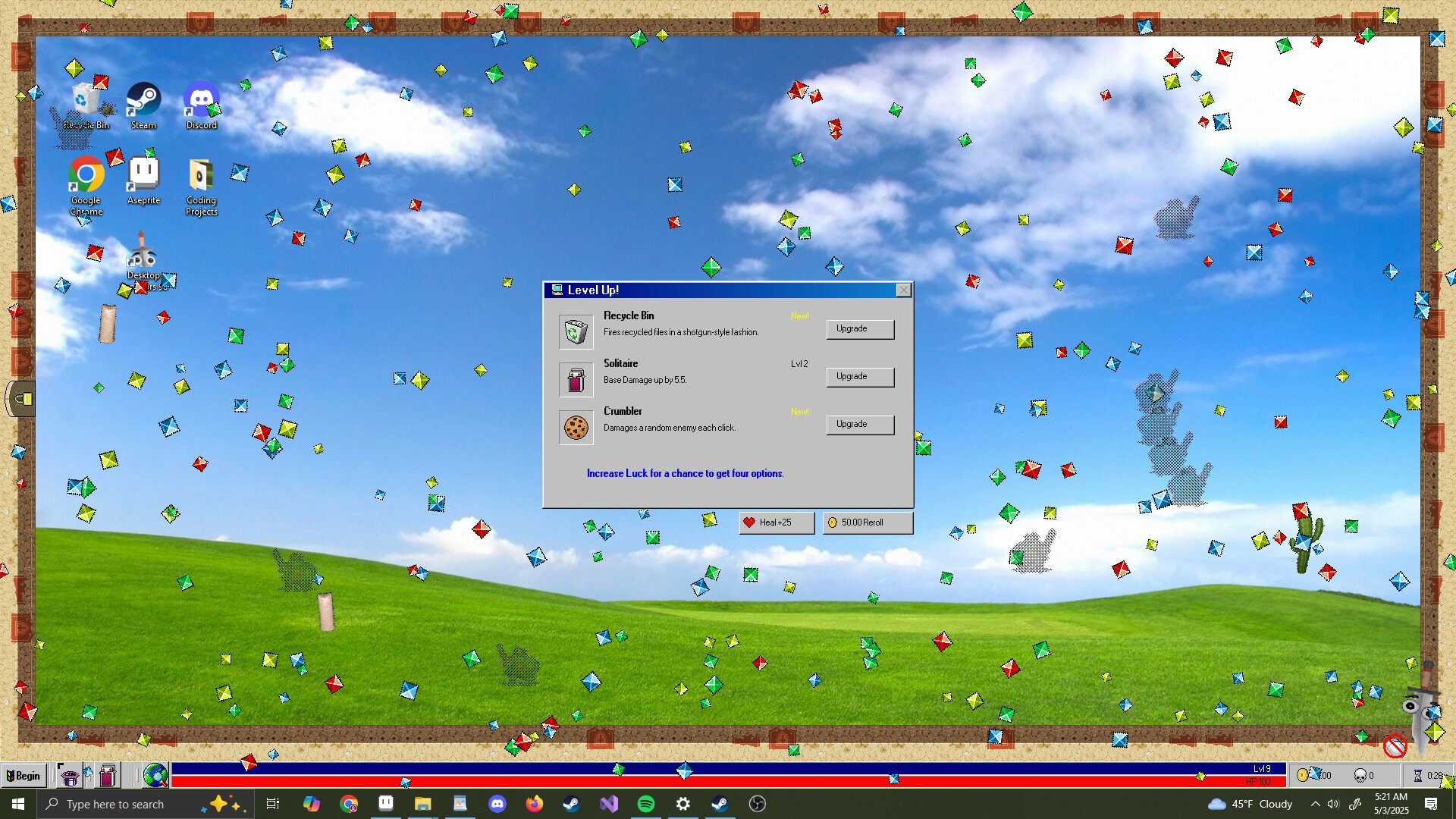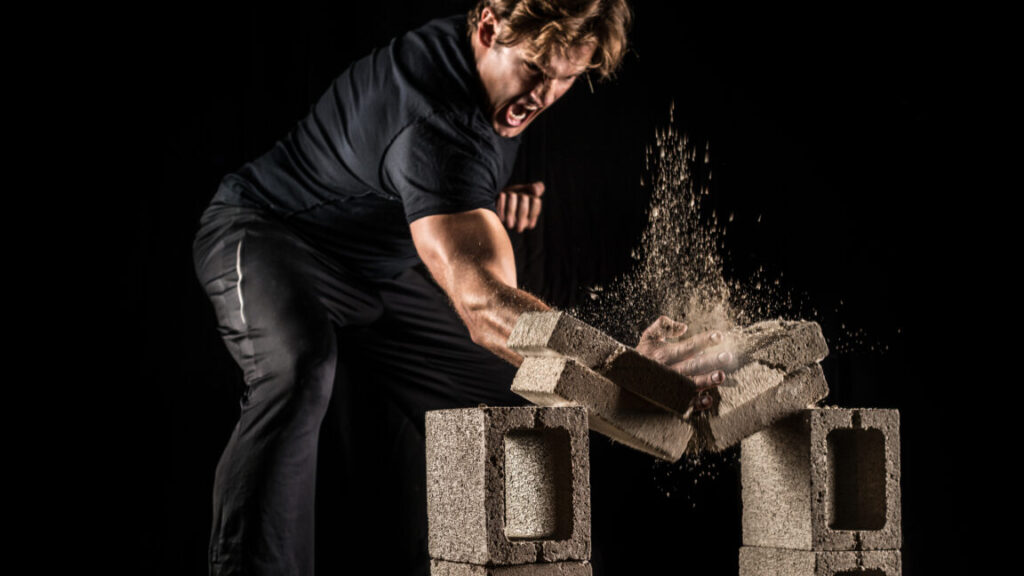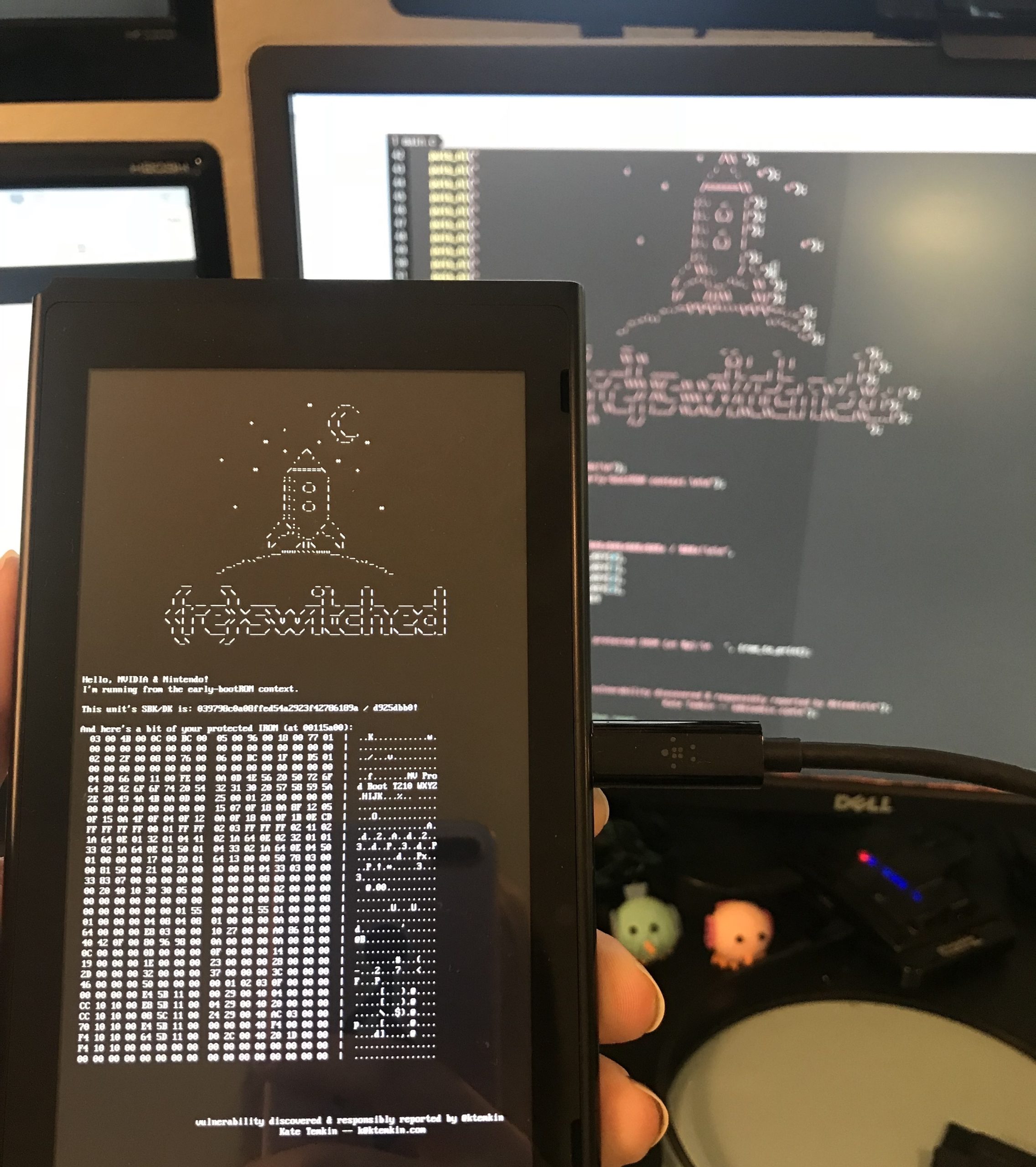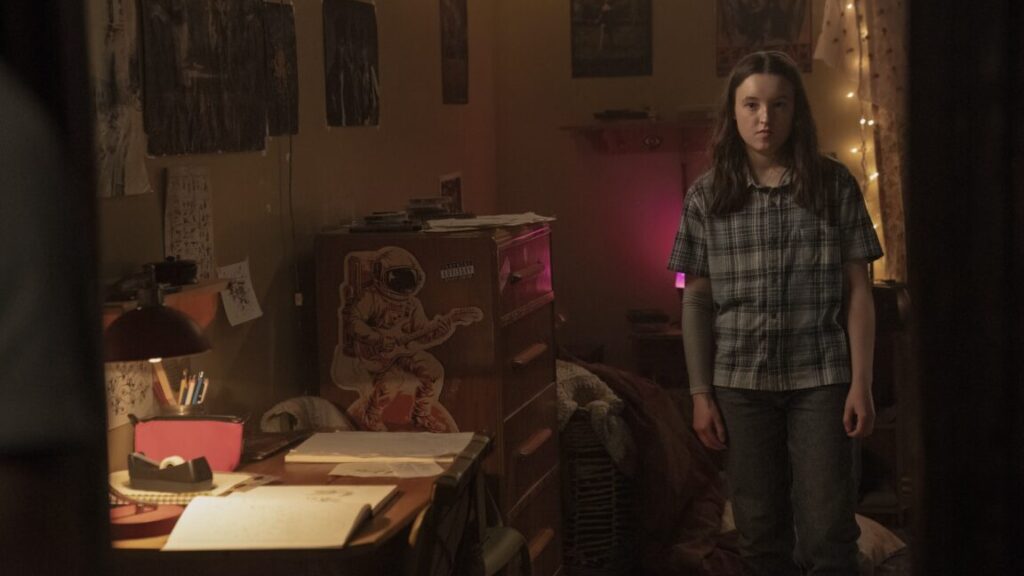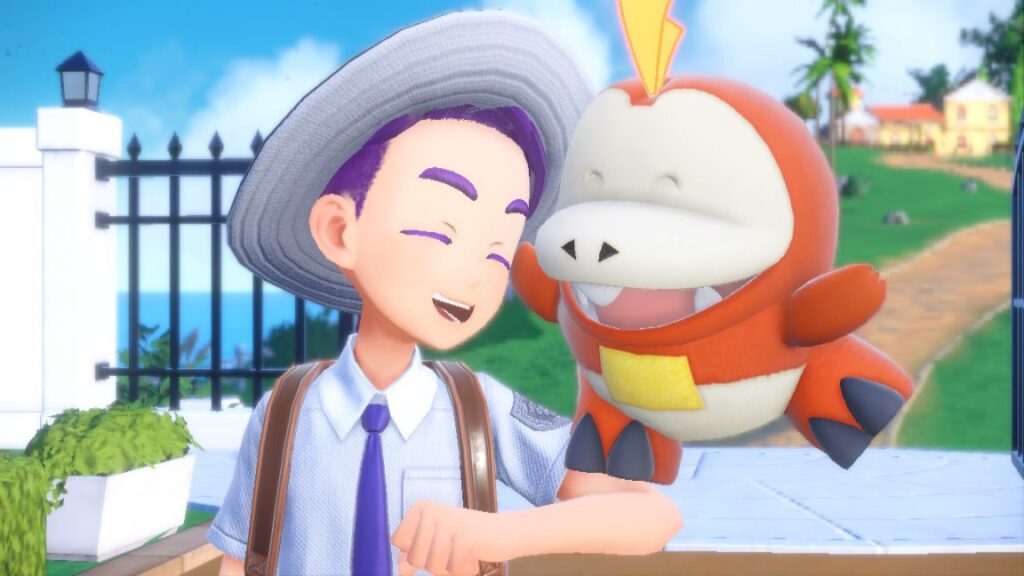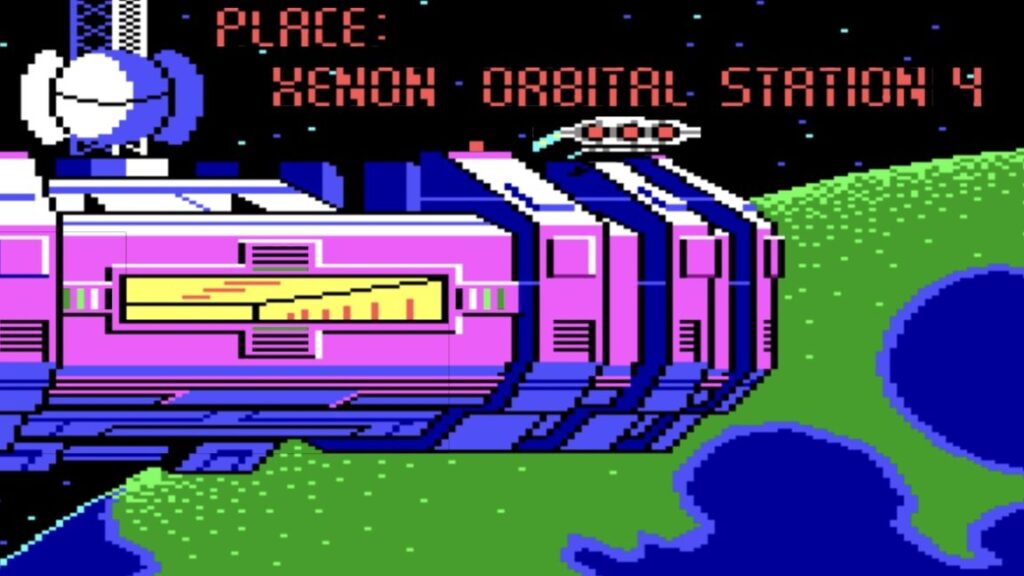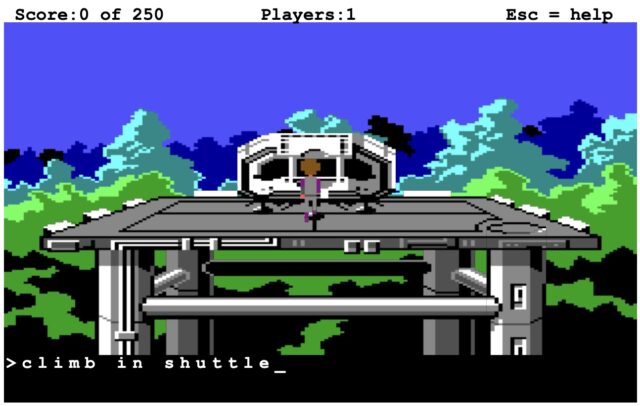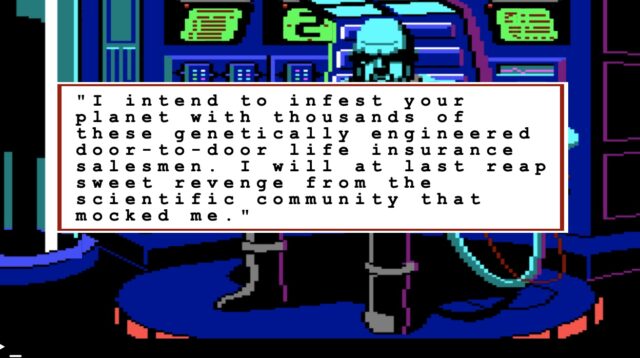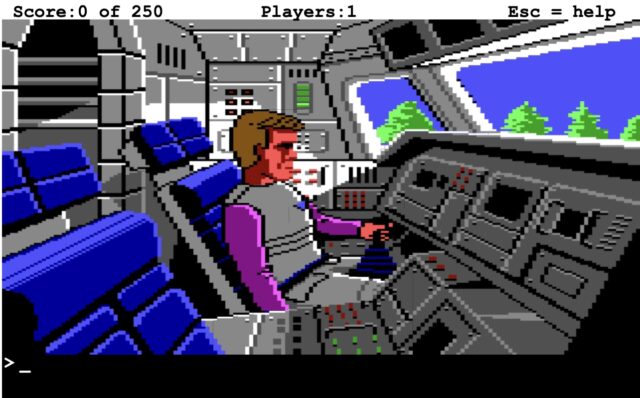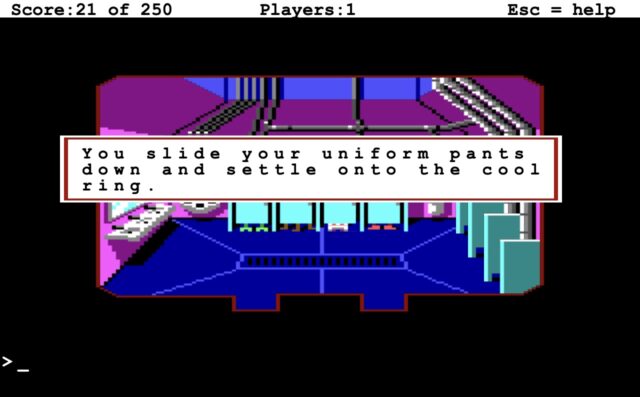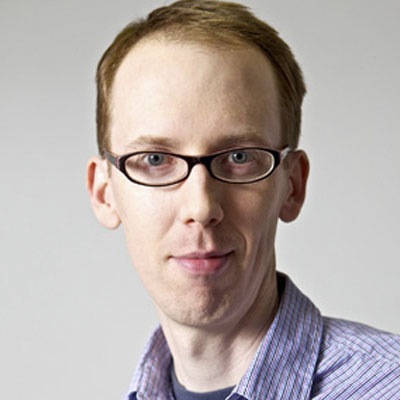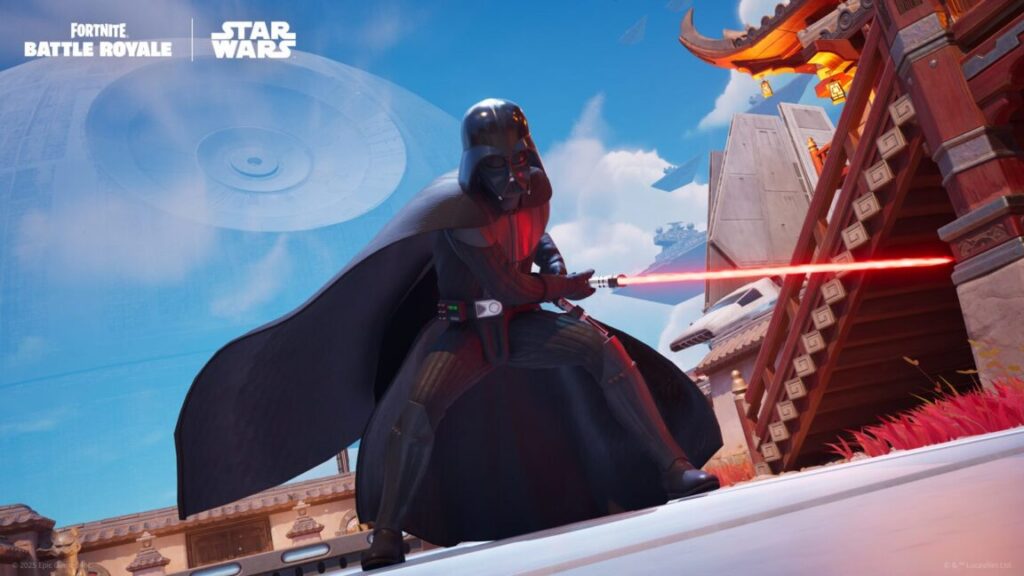Elden Ring: Nightreign is an epic RPG squeezed into delicious bite-size capsules
Fast-paced multiplayer action fits surprisingly well with the old Elden Ring formula.
Time’s a wasting, finish off that battle quick so you can move on to the next one ASAP! Credit: Bandai Namco
At this point, Elden Ring is well-known for its epic sense of scale, offering players dozens of hours of meticulous exploration, gradual character progression, and unforgiving enemy encounters that require deliberate care and strategy. On its face, this doesn’t seem like the best basis for a semi-randomized multiplayer action game spin-off with strict time limits and an ever-encroaching physical border in a tightly constrained map.
Somehow, though, Elden Ring: Nightreign makes the combination work. The game condenses all the essential parts of Elden Ring down to their barest essence, tweaking things just enough to distill the flavor of a full-fledged Elden Ring playthrough into zippy runs of less than an hour each. The result is a fast-paced, quick-hit shot of adventuring that is well suited to repeated play with friends.
Fort-elden Ring-nite
The initial moments of each Nightreign run draw an almost comical comparison to Fortnite, with each player dropping into the game’s singular map by hanging off the talons of a great spectral eagle. Once on the ground, players have to stay inside a circular “safe zone” that will slowly contract throughout each of two quick in-game days, forcing your party toward an eventual encounter with a mini-boss at the end of each day. If you survive both days, you take on one of the several extremely punishing Nightlords you chose to face at the beginning of that run.
It’s not exactly a floating bus, but it kind of feels like it is… Credit: Bandai Namco
If you’ve played Elden Ring, you’ll definitely recognize the general fallen world aesthetic on display here, as well as many specific enemies and items taken directly from FromSoft’s previous epic. What will be less familiar is the general pace of play, which is guided by that encroaching circle of deadly blue flame. Instead of taking your time and exploring every nook and cranny for hidden secrets, you end up dashing between points of interest highlighted on the map in a madcap attempt to farm enough experience points and powerful items to have a chance against the big bosses.
There are a few crucial tweaks to the Elden Ring formula aiding you in this newly speed-focused effort. For one thing, your character now has an unlimited “surge sprint” that can get you from one part of the map to another at a pretty rapid clip. For another, there’s a nice springy wall jump that lets you climb up stairstep cliffs and walls that are much taller than your character. Add in occasional jump pads for quickly leaping over cliffs and a complete lack of fall damage for descending into valleys, and you get a game that feels more like a 3D Sonic than Elden Ring at points.
You’d better have a few levels under your belt if you’re going to take on a battle like this. Credit: Bandai Namco
Things feel more like the old Elden Ring during battles, where you’ll quickly fall into the familiar rhythm of managing limited stamina to attack, block, and dodge enemies’ heavily telegraphed attacks. Even here, though, things feel a little more action-oriented thanks to powerful, class-specific “character skills” and “ultimate art” attacks that slowly recharge over time. The quick pace of leveling also aids in the power fantasy, condensing the progression from zero to hero into an extremely tight time frame, relative to Elden Ring proper.
Try, try again
Speaking of classes, the eight on offer here tend to fall into the usual archetypes for this kind of action-adventure game: the tank, the mage, the defensive specialist, the dextrous dodger, etc. For myself, I tended toward the Ironeye class, with an unlimited supply of arrows that let me deliver consistent (if relatively weak) damage against flying and/or zigzagging bosses, all while maintaining a safe range from all but the widest-ranged attacks.
But one big benefit of Nightreign‘s faster-paced design is that you don’t have to tie yourself to a specific class for hundreds of hours at the outset. You’ll get ample opportunity to try them all—and different combinations with teammate classes—across dozens of individual, bite-size runs.
As you do, you’ll start to learn the general shape of the map, which is well-designed with a few distinct geographic regions and points of interest. While the specific enemies and items you’ll find in various locations will change from run to run, you’ll quickly develop a feel for the landmarks and general routes you’ll want to at least consider exploring each time.
After a few runs, you’ll know where to find the subterranean caves that have a good chance at hidden loot.
Repeated runs also help you develop the key sense of when it’s worthwhile to fight and when it makes more sense to run away. This is especially important at the beginning of each run, where your low-level character needs to focus on farming fodder enemies until you are powerful enough to take on the lowest tier of sub-bosses you might stumble across. Later in the run, you’ll need to shift to ignoring those low-level enemies so you can spend more time gaining big rewards from the even bigger bosses.
Even with a decent general strategy, though, players shouldn’t expect to be able to win every run in Nightreign. During some runs you may find only garbage weapon drops or low-level enemies that make it hard to quickly build up the critical mass of power you’ll need by the final encounter. During other runs you may chance upon a great weapon that causes enough bleed damage to make even the most difficult bosses relatively easy to kill.
Then there are the runs where you get greedy doubling back to a lucrative encounter on the edge of the safety circle, only to find yourself quickly engulfed in blue flame. Or the ones where you take one wrong step and fall to your doom down a cliffside while trying to dodge away from a relatively harmless enemy, losing a crucial character level (and your momentum) when you respawn.
In between runs you can equip relics that offer small permanent stat boosts to the various classes. In general, though, success in Nightreign is a matter of keeping at it until you stumble on the right mix of luck and execution to finally best the Nightlords.
Find a friend
While Nightreign technically has a single player mode, the game is quite explicitly designed for groups of three simultaneous humans (groups of two need not apply—paired players will need to join up with a third). Being in a threesome generally means that one player can draw an enemy’s attack while the other two take advantage by flanking around their guard. It also means that downed players can be revived by a partner repeatedly hitting their crawling near-corpse with a weapon, an awkward and hilarious process in practice.
Does this count as three-on-one odds, or do the multiple heads on the beast make it more of a fair fight?
Being able to coordinate with your teammates is crucial both during battles and as you decide which location to explore next in the ever-narrowing circle of the available map. If you’re not playing with friends and chatting over a voice connection, your main form of communication is an awkward system of pinning points of interest on the map.
Unfortunately, I ran into some serious problems with lag in my pre-release multiplayer runs, with the game periodically freezing for multiple seconds at a time as the servers struggled to keep up. I often came out of these freezes to find I had succumbed to an enemy attack that I hadn’t even seen on my screen. I can’t say this server performance in a tightly controlled pre-launch environment bodes well for how the game will perform once the wider public gains access in a few days.
Those technical problems aside, I was surprised at how well this zippy, capsule-size take on the Elden Ring formula worked in practice. Nightreign might not be the full-fledged, epic Elden Ring sequel that long-time “Soulsborne” fans are looking for, but it’s still a compelling, action-packed twist on the popular adventure gameplay.
Kyle Orland has been the Senior Gaming Editor at Ars Technica since 2012, writing primarily about the business, tech, and culture behind video games. He has journalism and computer science degrees from University of Maryland. He once wrote a whole book about Minesweeper.
Elden Ring: Nightreign is an epic RPG squeezed into delicious bite-size capsules Read More »
